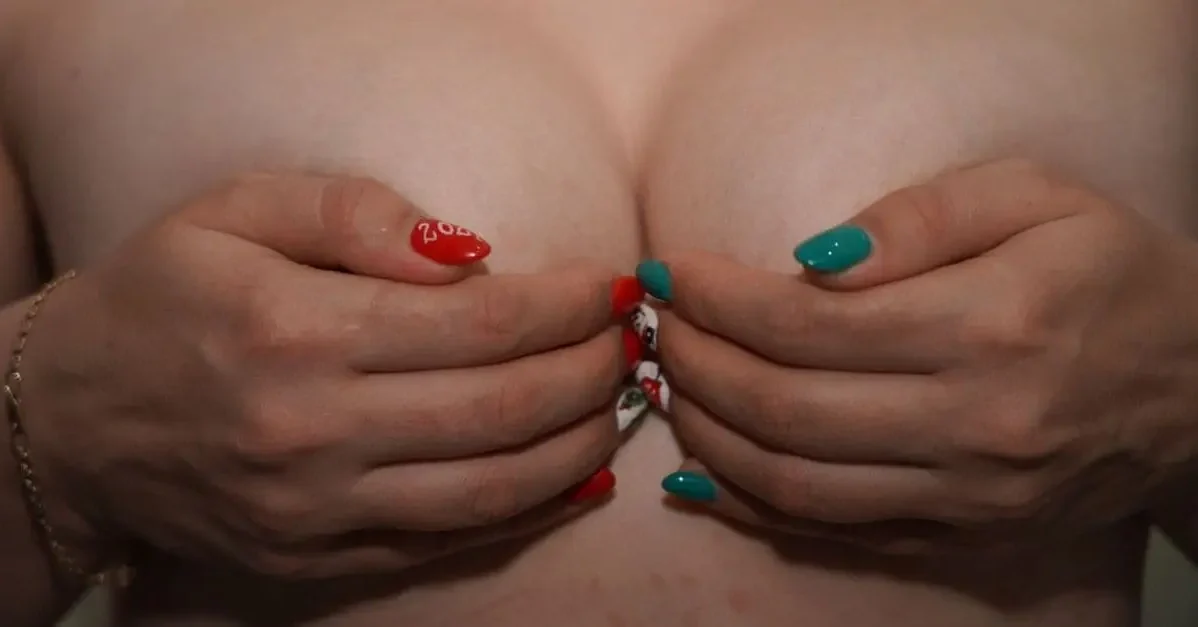
Breast Cancer Hair Loss
Hair Loss (Alopecia) and Cancer Treatment
Source: National Cancer Institute
Some types of chemotherapy cause the hair on your head and other parts of your body to fall out.
Radiation therapy can also cause hair loss on the part of the body that is being treated. Hair loss is called alopecia.
Chemotherapy-induced alopecia (CIA) is a condition that can have profound psychosocial and quality-of-life consequences, resulting in anxiety, depression, a negative body image, lowered self-esteem, and a reduced sense of well-being, says this study.
Ways to manage hair loss
Ways to manage hair loss
Source: National Cancer Institute
1. Treat your hair gently
You may want to use a hairbrush with soft bristles or a wide-tooth comb. Do not use hair dryers, irons, or products such as gels or clips that may hurt your scalp. Wash your hair with a mild shampoo. Wash it less often and be very gentle. Pat it dry with a soft towel.
You have choices. Some people choose to cut their hair short to make it easier to deal with when it starts to fall out. Others choose to shave their head. If you choose to shave your head, use an electric shaver so you won’t cut yourself. If you plan to buy a wig, get one while you still have hair so you can match it to the color of your hair. If you find wigs to be itchy and hot, try wearing a comfortable scarf or turban.
Protect and care for your scalp. Use sunscreen or wear a hat when you are outside. Choose a comfortable scarf or hat that you enjoy and that keeps your head warm. If your scalp itches or feels tender, using lotions and conditioners can help it feel better.
2. Selenium Supplementation
A clinical trial in patients with ovarian cancer undergoing chemotherapy showed a significant decrease in hair loss and other gastrointestinal symptoms in patients receiving selenium supplementation, as compared with controls. The authors concluded that ingesting selenium is a supportive element in chemotherapy.
3. Other supplements
In his book Natural Strategies for Cancer Patients, Russell L Blaylock M.D. says:
The following supplement program will help to reduce hair loss and speed it’s healthy regrowth:
take 3 mg of biotin twice a day throughout your treatment and for two weeks afterward. Then cut back to 3 mg once a day thereafter.
Take a multivitamin-and mineral-capsule everyday.
Take 400 international units of vitamin E succinate three times a day.
Take 500 mg of quercetin three times a day with meals (as quercenase).
Take 500 mg of Hesperidin three times a day with meals.
Take 500 mg of curcumin three times a day. Dissolve the contents of one capsule in one tablespoon of extra virgin olive oil, or take a high absorption brand combined with piperine or phosphatidycholine.
Take 100 mg of decaffeinated green tea or white tea extract with each meal.
4. Scalp Cooling Cap
Source: National Cancer Institute
How does scalp cooling work?
Chemotherapy is given in cycles of treatment: You are given the cancer medications on the treatment days, usually in the form of an infusion (a “drip”). After that, there’s a break until the next dose of medication is given.
Your scalp is cooled only while you are receiving the infusion. Sometimes the cooling is started ten to twenty minutes beforehand, and can be continued for up to one and a half hours afterwards.
To cool your scalp, you wear a helmet-like cooling cap. You usually wet your hair before the cooling cap is put on. Most modern models are attached to an instrument that pumps a liquid coolant through the cap to cool the scalp to about 20 degrees Celsius (68 degrees Fahrenheit). Other caps have cooling elements filled with gel.
How well does scalp cooling work?
There are only few good-quality studies on scalp cooling. Overall, they show that people who did have scalp cooling treatment during their chemotherapy lost less hair than those who didn’t have this treatment. They were less likely to need a wig after chemotherapy, for example.
What are the possible disadvantages?
In general, scalp cooling is well tolerated and low-risk. Although it causes less of the chemotherapy medication to reach the scalp, there’s no evidence that the cooling reduces the effectiveness of the chemotherapy.
The most common side effect is a headache. But some people find the cold to be so unpleasant that they stop the cooling.
Cooling caps are only suitable for preventing the loss of hair on the scalp.
Scalp Cooling Caps are available from a number of suppliers online.
5. Lily device (not yet available – still in clinical trials)
Interested in joining the clinical trials?
See Luminate Medical
Updated 2024
